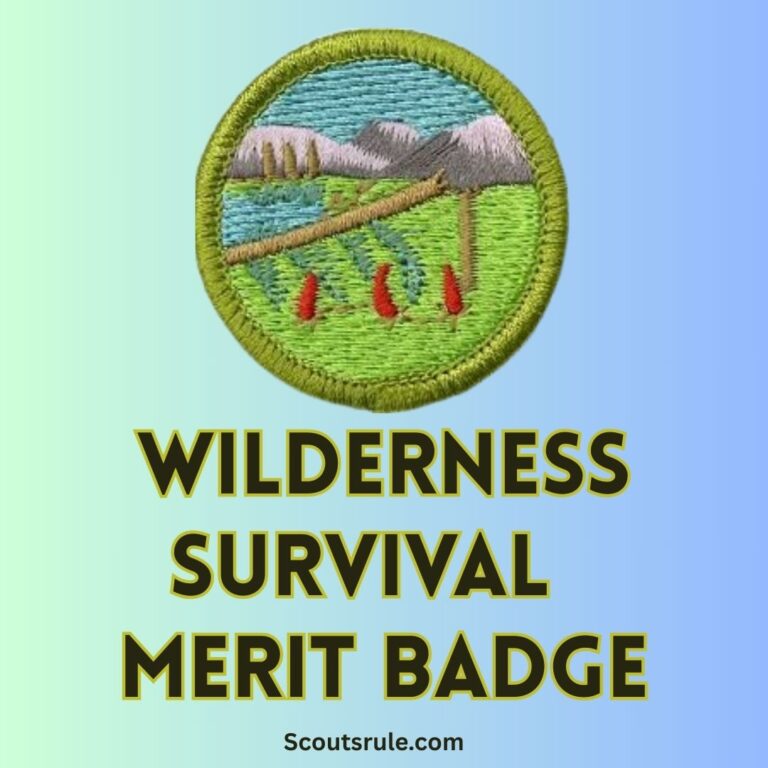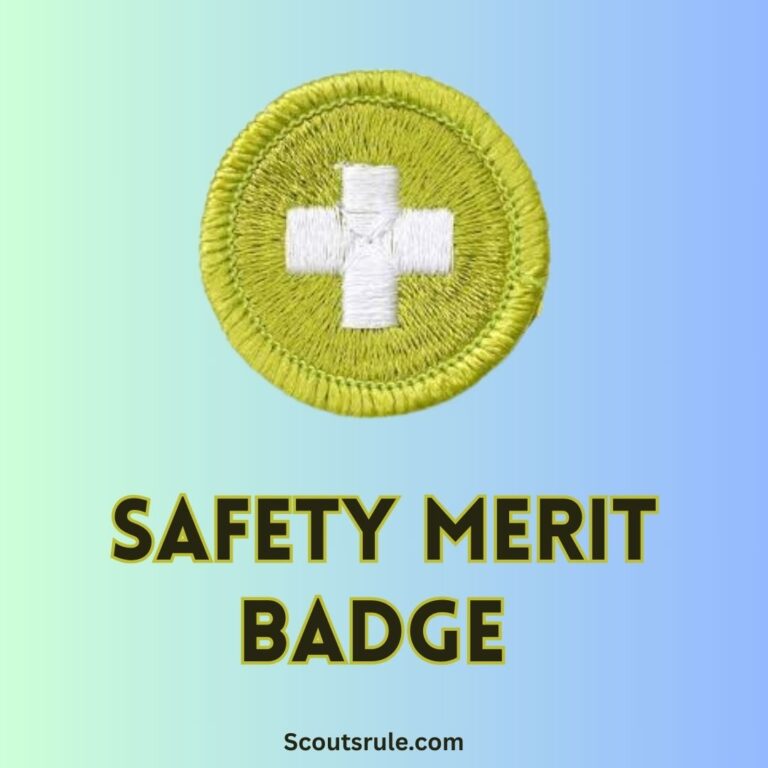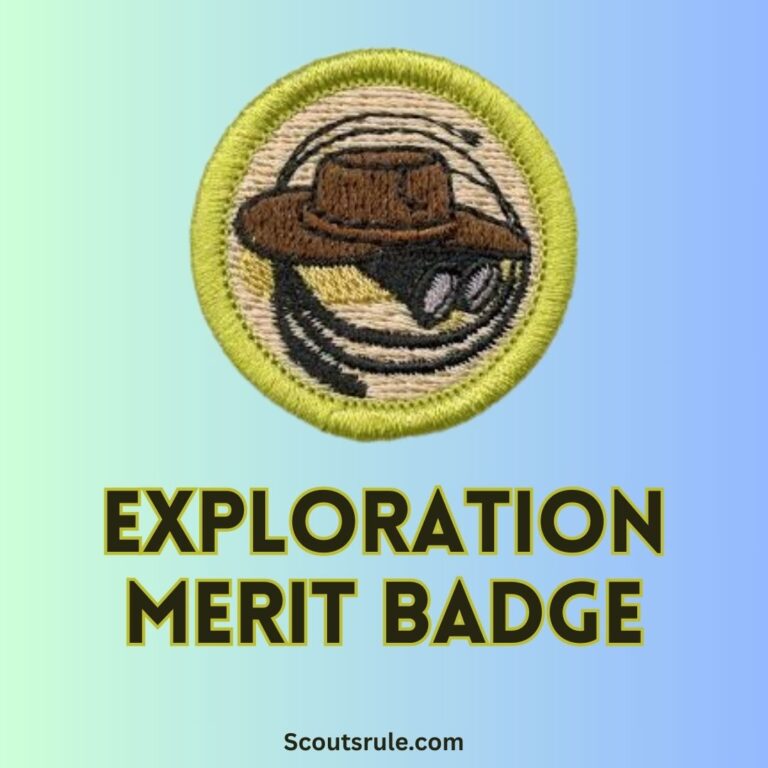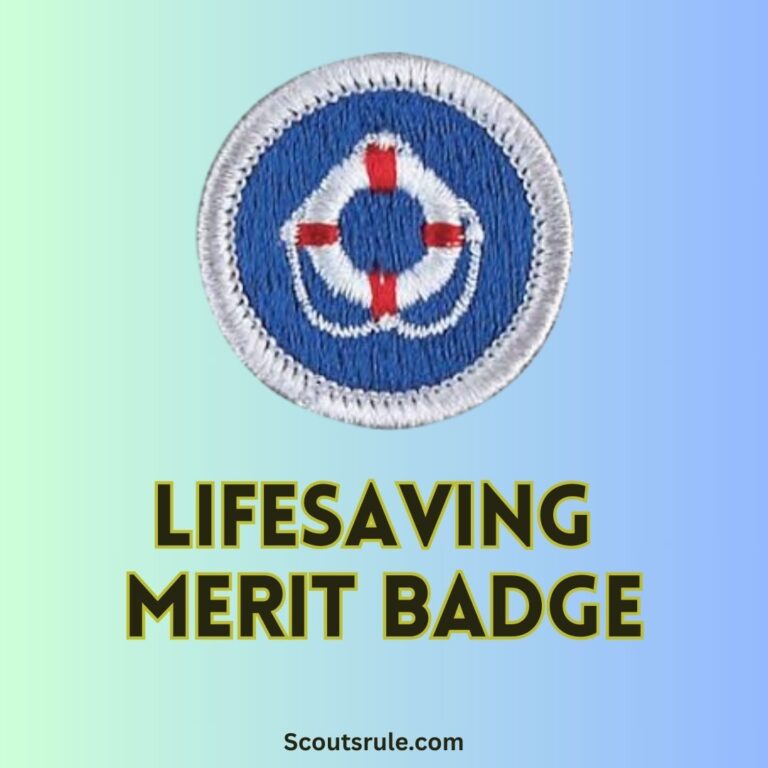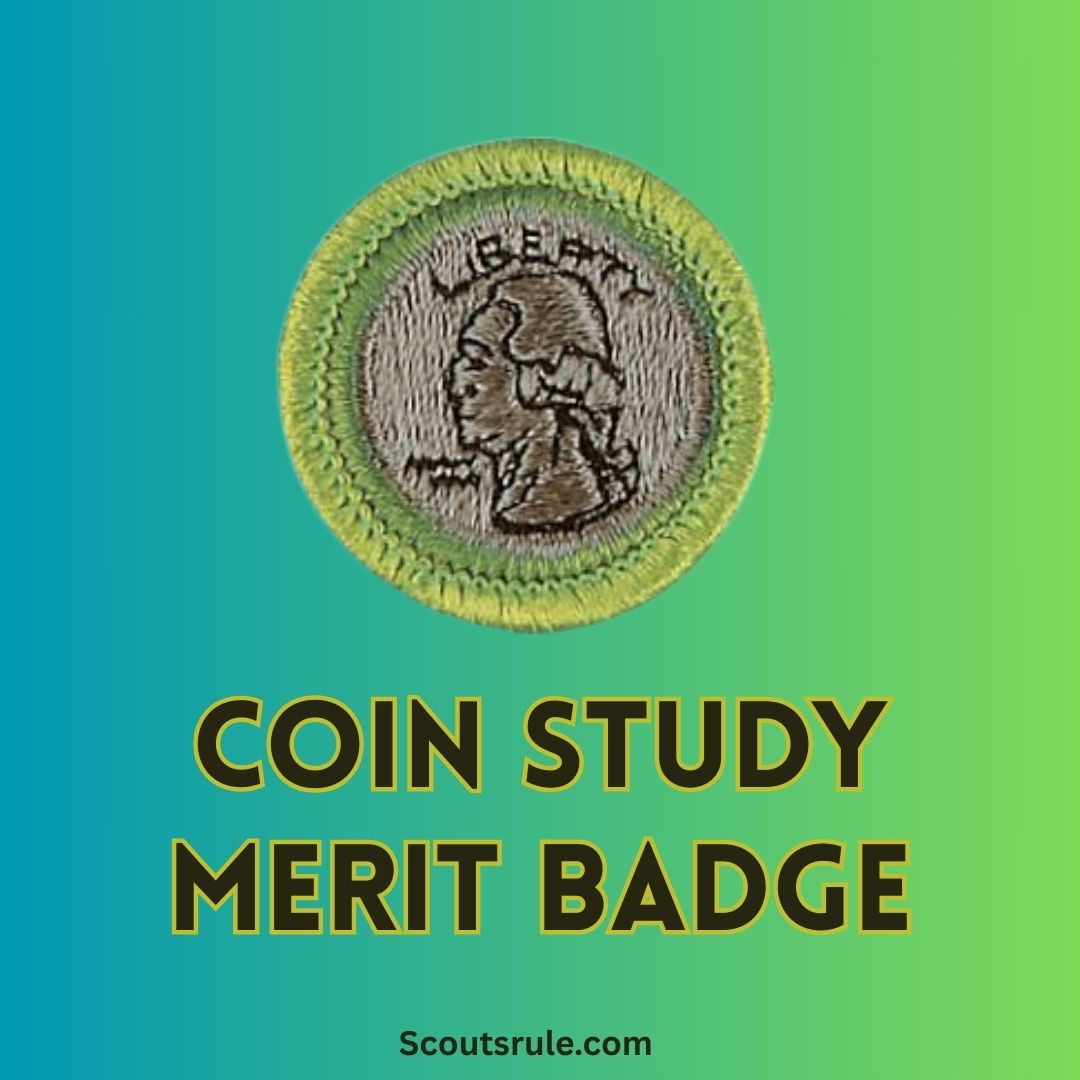
Coin collecting is more than a hobby—it’s a way to connect with history, artistry, and culture. Each coin holds a unique story, representing a snapshot of the time and place in which it was created. For those pursuing the Coin Collecting Merit Badge, the journey becomes an enriching adventure of discovery, organization, and appreciation. This guide dives into every aspect of earning the Coin Collecting Merit Badge, providing insights, tips, and a deeper understanding of numismatics.
Post Contents
Why Earn the Coin Collecting Merit Badge?
Coin collecting as a merit badge introduces participants to a world of education, curiosity, and skill development. By exploring coins from different eras and countries, collectors learn about global history, economic systems, and artistic expression. The merit badge encourages individuals to develop organization, research skills, and attention to detail while fostering a sense of pride in building their collection. Ultimately, it’s about instilling the values of preservation, learning, and patience.
Coin Collecting Basics
What Are Coins and Why Are They Significant?
Coins are round, flat pieces of metal issued by governments as currency. They serve not only as practical means of trade but also as historical artifacts. Coins reveal details about the culture, leadership, economy, and technologies of the eras they represent. From ancient Roman denarii to modern commemorative coins, their significance lies in their ability to tell timeless stories.
Numismatics: The Study of Coins
Numismatics is the academic study of coins, currency, and related objects. It involves understanding the materials, inscriptions, and designs of coins while exploring their purpose in trade and societal development. As part of the merit badge process, delving into numismatics deepens one’s appreciation for the artistry and legacy of coins.
Steps to Earning the Coin Collecting Merit Badge
The Coin Collecting Merit Badge requires mastery of specific criteria laid out by scouting organizations. These steps offer a structured way to develop both practical and theoretical knowledge in the field of numismatics.
Step 1: Understand Coin Terminology
Before beginning your collection, familiarize yourself with key coin-related terms. Here are some essential words:
- Obverse: The front side of a coin, often displaying a portrait or emblem.
- Reverse: The back side of a coin, featuring symbols, designs, or text.
- Mint: The location where coins are manufactured.
- Denomination: The monetary value of the coin (e.g., 1 cent, 1 dollar).
- Edge: The outer border of a coin, which may be plain, reeded, or inscribed.
Learning these terms will enhance your ability to identify and describe coins accurately.
Step 2: Build and Present Your Collection
A significant part of earning the badge involves assembling a collection. Follow these tips:
- Set a Theme: Choose a focus for your collection, such as coins from a specific country, coins from various historical periods, or commemorative coins.
- Organize Your Coins: Use coin albums or holders to store and protect your collection. Proper organization makes presentation easier.
- Label and Describe: Provide details about each coin, including its year of issue, country, denomination, and any historical significance.
- Display Your Collection: Prepare your coins for review as part of the badge assessment. Ensure they are clean (never polished) and well-arranged for easy examination.
Step 3: Research Coin History
Each coin has a unique backstory. Select several coins from your collection and research the following:
- Time Period: Determine when the coin was minted and the historical context.
- Cultural Significance: Explore what the coin symbolizes within its culture.
- Production Techniques: Study how the coin was manufactured and the materials used.
Writing down your research findings will help you discuss your collection confidently during merit badge evaluations.
Step 4: Demonstrate Knowledge of Coin Grading
Coin grading is an essential aspect of numismatics. Grades reflect a coin’s condition, impacting its value. Key grading terms include:
- Poor: Heavily worn, with details barely visible.
- Good: Some details remain visible, but wear is significant.
- Fine: Details are clear but show light wear.
- Extremely Fine: Minimal wear; intricate details remain sharp.
- Uncirculated: Pristine condition with no wear or signs of circulation.
Understand and apply these grades when evaluating coins in your collection.
Step 5: Explore Coin Preservation Methods
Proper preservation ensures your collection’s value and longevity. Follow these practices:
- Avoid Handling with Bare Hands: Use gloves or hold coins by their edges to prevent oils and fingerprints from damaging the surface.
- Store Coins in Holders: Use acid-free coin holders or albums to protect coins from dirt and moisture.
- Keep Away from Extreme Temperatures: Store your collection in a stable environment away from heat or humidity.
Step 6: Engage with Fellow Collectors
Numismatics is a field enriched by community interaction. Attend local coin club meetings or exhibitions to:
- Share knowledge and learn from experienced collectors.
- Trade or acquire new coins to expand your collection.
- Gain insights into coin trends and techniques.
Networking fosters growth and keeps you motivated.
Step 7: Participate in a Coin-Related Activity
As part of the merit badge requirements, scouts often engage in hands-on activities, such as visiting a coin show or observing the minting process at a nearby mint. These experiences deepen your connection to the art and industry of coin collecting.
Fascinating Coin Facts
- Oldest Coin: The Lydian Lion, minted in ancient Lydia (modern-day Turkey), dates back to around 600 BCE.
- Smallest Coin: The Indian ¼ Anna from 1917 is among the tiniest coins ever minted.
- Most Valuable Coin: The Flowing Hair Silver Dollar (1794) sold for over $10 million at auction.
- Commemorative Coins: Many countries issue coins to celebrate events, such as the Olympics or royal anniversaries.
- Error Coins: Mistakes during production, such as double strikes or misprints, create valuable collectibles.
How to Excel in Coin Collecting
Achieving excellence in coin collecting requires focus, curiosity, and dedication. Here are some bonus tips for ambitious collectors:
- Expand Your Horizons: Explore coins from various regions and eras to deepen your knowledge.
- Document Your Collection: Keep records of purchase dates, sources, and prices to track growth and value.
- Stay Updated: Subscribe to numismatic magazines or follow online forums to stay informed about trends and rare finds.
- Find Rare Gems: Look for coins with unique features, like limited editions or rare mint marks.
Coin Collecting Merit Badge Requirements
How Are Coins Made?
U.S. Mint Facilities:
Coins are made in various facilities across the United States, including mints in Philadelphia, Denver, San Francisco, and West Point. Each mint is responsible for producing a range of coins for circulation, collectors, and special editions. Additionally, the U.S. Mint has a facility in Fort Knox dedicated to storing precious metals rather than minting.
Fun Fact: Mintmarks:
Mintmarks are small letters engraved on coins that indicate the mint of origin. For example, “P” represents the Philadelphia Mint, “D” for Denver, and “S” for San Francisco. Coins without mintmarks are typically minted in Philadelphia.
The Terms
1. Obverse:
The front side of the coin, often featuring portraits or national symbols.
2. Reverse:
The back side of the coin, showcasing designs, themes, or emblems.
3. Reeding:
Grooved lines around the edge of a coin, primarily used to deter counterfeiting.
4. Clad:
Coins made from layers of different metals, such as copper and nickel, fused together.
5. Type Set:
A collection of coins representing different designs or series within a denomination.
6. Date Set:
A collection of coins that feature the same design but vary by year of issue.
Storing Your Collection
Preserving coins is vital for maintaining their condition and value. Here are effective methods for storing your collection:
1. 2×2 Cardboard Holders:
Inexpensive and easy to use, these holders protect coins with clear windows while allowing notes or labels.
2. Hard Plastic Holders (Slabs):
High-grade protection for valuable coins, providing a tamper-proof case and enhanced durability.
3. Coin Tubes:
Ideal for storing larger quantities of coins, coin tubes ensure space-saving and secure storage.
The One-Cent Coin
One-Cent Coins from 1959 to 2008:
These coins featured the Lincoln Memorial reverse, celebrating the legacy of Abraham Lincoln.
One-Cent Coins from 2010-Present:
The reverse design showcases a shield, symbolizing strength and unity.
The Special One-Cent Coins of 2009:
To commemorate the bicentennial of Lincoln’s birth and the centennial of the Lincoln cent, four designs were released depicting different stages of Lincoln’s life.
How and Why the 2009 Coins Were Different:
The 2009 coins had unique reverses highlighting Lincoln’s early years, professional life, political career, and presidency. This set offered collectors a historic glimpse into his journey.
The Five-Cent Coin
Five-Cent Coins from 1959-2003:
The classic Monticello design graced the reverse, honoring Jefferson and his home.
Five-Cent Coins from 2006-Present:
A modernized image of Monticello returned with updated detailing.
Five-Cent Coins from 2004-2005:
This period saw the release of designs related to the Louisiana Purchase and Lewis and Clark Expedition.
Why Were the 2004-2005 Coins Different?
These coins marked a significant anniversary, celebrating exploration and historical achievements.
The Twenty-Five-Cent Coins
1. 1965-1998 Quarters – The Regular Quarter Design:
These quarters feature George Washington on the obverse and the eagle reverse.
2. 50-State Quarter Program (1999-2009):
Commemorating each U.S. state, this series offered collectors insights into local history and culture.
3. America the Beautiful Quarter Program (2010-2021):
A series celebrating national parks and historical sites across the U.S.
4. American Women Quarter Program (2022-2024):
Honoring pioneering American women who made significant contributions to society.
The Bicentennial Coins
1. Bicentennial Quarter (1975-1976):
Featuring a drummer and colonial design, these quarters celebrated the 200th anniversary of U.S. independence.
2. Bicentennial Half Dollar (1975-1976):
Depicting Independence Hall on the reverse, this coin highlighted the nation’s historic milestones.
3. Bicentennial Dollar Coin (1975-1976):
This design included the Liberty Bell superimposed on the moon, symbolizing progress and freedom.
Current U.S. Currency
1. $1 Bill: Featuring George Washington, the $1 bill has been a staple of U.S. currency.
2. $2 Bill: Known for its rarity, this bill often depicts Thomas Jefferson and the signing of the Declaration of Independence.
3. $5 Bill: Abraham Lincoln takes center stage with the Lincoln Memorial on the reverse.
4. $10 Bill: Alexander Hamilton, a founding father, graces this bill.
5. $20 Bill: Andrew Jackson is featured, accompanied by the White House on the reverse.
6. $50 Bill: Ulysses S. Grant and the Capitol dominate this denomination.
7. $100 Bill: Benjamin Franklin represents innovation and diplomacy on the largest circulated bill.
Where is U.S. Currency Printed?
Currency is printed at the Bureau of Engraving and Printing facilities located in Washington, D.C., and Fort Worth, Texas. These sites ensure precision and security in producing paper money.
Conclusion
Earning the Coin Collecting Merit Badge is a rewarding experience, blending education with personal growth. From learning how coins are made to building and preserving a meaningful collection, this journey introduces participants to the fascinating world of numismatics. With each coin, collectors uncover stories that bridge the past and present, fostering a lifelong appreciation for artistry and history. Ready to crawl into the charm of coin collecting? Happy hunting! 🪙✨
Coin Collecting Merit Badge FAQs
1. Who can earn the Coin Collecting Merit Badge?
Any registered Scout in the Boy Scouts of America who completes the required activities and demonstrates knowledge of coin collecting can earn the Coin Collecting Merit Badge.
2. What topics does this merit badge cover?
Scouts will explore the history of coin collecting, how to identify coins, methods of coin preservation, and the significance of different coin designs.
3. Do I need prior experience in coin collecting to earn this badge?
No prior experience is required. This badge is designed to introduce Scouts to the hobby of numismatics (coin collecting) and teach them how to build a collection.
4. What are the key skills I will learn?
Scouts will learn how to grade coins, identify different types of currency, understand mint marks, and organize a coin collection.
5. How long does it take to complete the Coin Collecting Merit Badge?
The time required varies depending on how quickly a Scout collects the required coins and completes the research and discussions with a merit badge counselor. Some may finish in a few weeks, while others may take longer.
6. Do I need to start a coin collection to earn this badge?
Yes. Scouts must collect different types of coins, including ones from specific time periods, foreign countries, or U.S. mint sets.
7. Do I need to visit a coin shop or show?
Yes. Scouts must visit a coin shop, show, or numismatic event to learn more about coin collecting and report on their experience.
8. What kind of research will I need to do?
Scouts will research the history of coins, the process of minting currency, and the significance of different designs and inscriptions.
9. Can I work on this badge with a group?
Yes! While each Scout must complete the requirements individually, working in a group can make learning about coin collecting more interactive and engaging.
10. What is the importance of preserving coins?
Scouts will learn how to properly store and handle coins to prevent damage and maintain their value over time.
11. Will I need to interview someone for this badge?
Yes. Scouts may need to interview a professional numismatist, coin dealer, or experienced collector to gain insight into the hobby.
12. How do I document my progress for this merit badge?
Scouts should keep a record of their coin collection, research, site visits, interviews, and any presentations or reports they complete.
13. Where can I find a merit badge counselor for Coin Collecting?
Check with your Scoutmaster, troop leaders, or local BSA council to find a registered merit badge counselor who specializes in coin collecting.
14. What happens after I complete all the requirements?
Once all requirements are met, your merit badge counselor will review your work, sign off on your progress, and you can submit your completed Blue Card to your Scoutmaster for final approval and recognition.

Hi, Robin here, A former lead Scout and here I share my inspiring stories about USA Scouts, leadership, adventure, how to guides and more.

